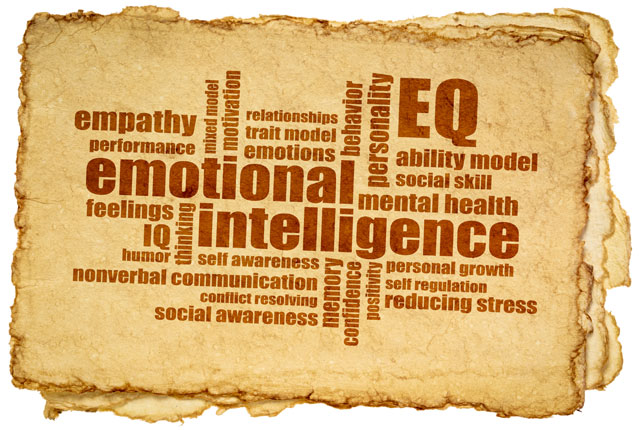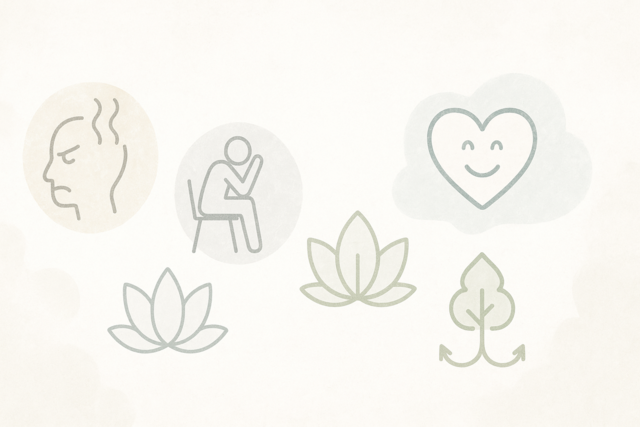Introduction
In this article, you will be given definitions of the many sub-categories, or sub-types, of anxiety disorder. You will be presented with a real-life scenario, wherein you will get to play "abnormal psychologist" and decide if the behavior is healthy, or unhealthy. Try to deduce, on your own, whether or not the behavior or reaction is one that requires professional help, before reading the answer.
Sub-Types of Anxiety Disorder
OCD (obsessive compulsive disorder)
An anxiety disorder in which people have unwanted, and continually, constantly, repeated thoughts, feelings, ideas, sensations, and/or behaviors that make them feel driven to partake in some unwanted behavior. These unwanted behaviors are referred to as compulsions. The person will often perform the behavior to get rid of the obsessive thoughts; however, it only works for a short time before the thoughts return. Not performing the behaviors, however, causes severe anxiety.
Phobias
Agoraphobia
An intense fear of being outside, or in a situation that is perceived as being difficult to escape from. Many agoraphobics do not leave their homes. Although agoraphobia actually falls into the "phobia" sub-type, it has become so prevalent and widespread since the 9-11 plane attacks on the World Trade Center, that it has branched into its own sub-type.
Panic attacks
A sudden and overwhelming feeling of panic, which may include a racing heart, chest pain, difficulty breathing, dizziness, hot flashes, nausea, shaking, a feeling of impending terror -- or any combination of these symptoms. Approximately 60 million people will suffer from panic attacks at some point in their lives. Symptoms are often confused with heart attack or stroke.
Post traumatic stress
An anxiety disorder that develops any time after experiencing a traumatic event. Although often associated with soldiers returning from war, PTSD can be triggered by any event that threatened one's mental, emotional, or physical well being. It can include "after" stress that comes from abuse, robbery, car accidents, war, or any number of traumas that could not be dealt with, or was not dealt with properly, at the time of occurrence. Symptoms include depression, panic attacks, recurring nightmares, hyper vigilance, and a number of physical symptoms.
GAD (generalized anxiety disorder)
You Decide
Hone your diagnostic skills: Read the following life scenario, and decide if the situation and behaviors described fall into the healthy range, or if the person needs to seek help.
Scenario:
Patricia, a 30-year-old married woman, enters her bank after work one day. While she is standing in line waiting to make a deposit, three masked men, dressed in black and armed with hand guns, run into the bank, lock the doors, and demand that everyone lay down on the floor. They then proceed to rob the bank. She screams, and one of the men holds a gun to her head and threatens to kill her if she screams again; he fondles her breasts, laughs and walks away. The men leave, no one is shot, and the police are called upon their exit. The days that follow are a blur. Patricia is questioned by police, called and interviewed incessantly by the media, and is overwhelmed by phone calls and visits from family and friends. Several months later, she begins to have feelings of depression, anxiety, and panic. She cringes when her husband touches her, and she is very short tempered with her children and co-workers. She changes her route to work to avoid going past the bank that was robbed, and begins to shake when she sees anyone dressed in all black.
Were you right?






























